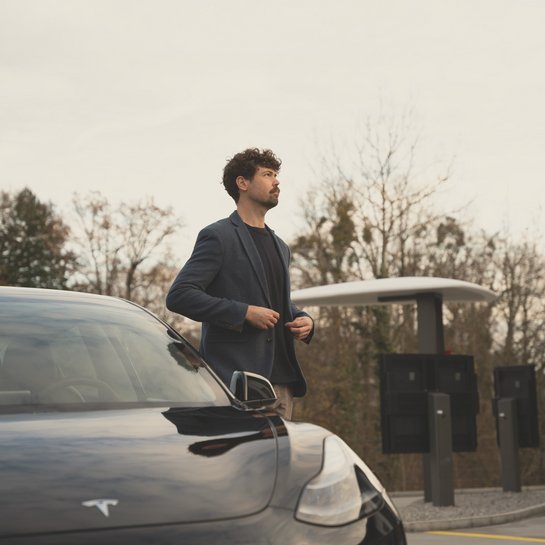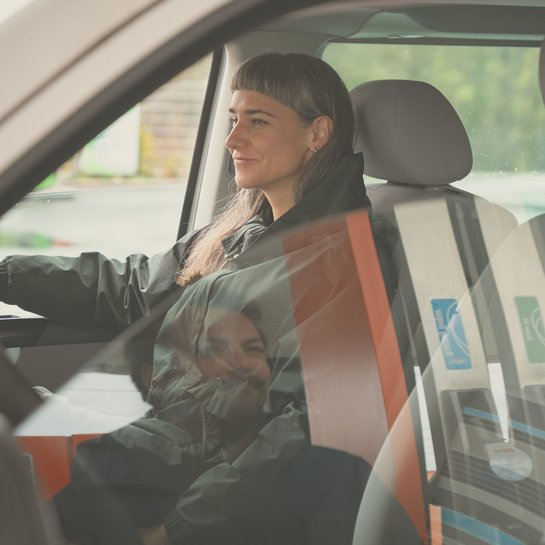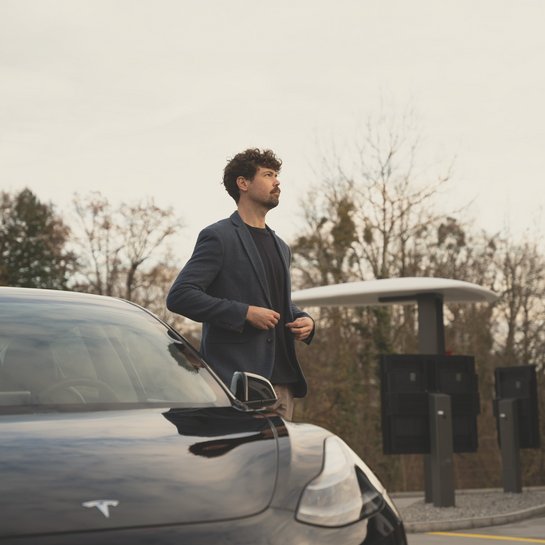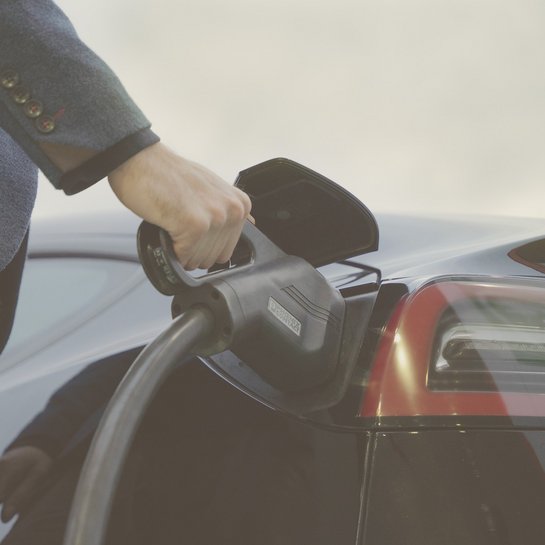
Safe and economical on the road: tips for saving fuel in winter
In the cold season, it's not just heating costs at home that rise, but often also the cost of driving. Fuel consumption can increase noticeably, especially in winter - reason enough to pay attention to some helpful tricks and tips that help save fuel and increase safety at the same time.
Efficient driving in cold weather
Driving style has a major impact on fuel consumption in winter. Anticipatory driving is key: avoid sudden braking and rapid acceleration to make optimum use of engine power. A common mistake is to let the engine warm up while stationary – this is not only ineffective, but also a real waste of fuel. Modern engines reach operating temperature faster when they are in motion. Especially in cold weather, it is also advisable to shift to the next gear early to keep the engine at low revs.
Proper preparation and maintenance
Small maintenance measures pay off twice as much in the cold season. A clean air filter improves combustion and ensures lower fuel consumption, as the engine has to work less. Tire pressure should also be checked regularly in winter and ideally increased slightly, as colder temperatures can reduce pressure. Too low tire pressure increases rolling resistance and thus also fuel consumption. Those who pay attention to these small but effective maintenance measures can save on every liter of gasoline or diesel.
Use heating and ventilation efficiently
Heating and ventilation in cars are essential in winter, but they can also contribute to fuel consumption. Especially on short journeys, it is advisable not to run the heating at full blast. Many vehicles now have automatic climate control systems that maintain a constant temperature – use these to regulate the interior climate efficiently without wasting energy unnecessarily. Seat and steering wheel heating should also be used sparingly, as every additional consumer draws energy and can increase consumption.
Avoid additional stress
Wintertime often means vacation time—and many drivers load their vehicles with skis, roof boxes, and other winter gear. Please note that roof racks and roof boxes significantly increase air resistance and thus affect fuel consumption. Therefore, roof racks should only be installed when they are actually needed. It is also advisable not to overload the vehicle unnecessarily: every additional kilo increases fuel consumption, and this quickly becomes noticeable, especially on longer journeys.
Plan energy-efficient trips
Careful route planning can also help save fuel in winter. Choose shorter routes, avoid traffic jams, and look for times when there is less traffic. Vehicles with modern navigation systems allow you to use eco-routes that are optimized for fuel savings. Depending on the model, there are also functions that provide real-time information on traffic conditions and fuel consumption to help you reach your destination in the most efficient way possible.
By combining anticipatory driving, targeted maintenance measures, and conscious use of heating and loading, you can efficiently reduce fuel consumption in winter. This allows you to stay safe and economical on the road with your vehicle, while also benefiting the environment and your wallet.








